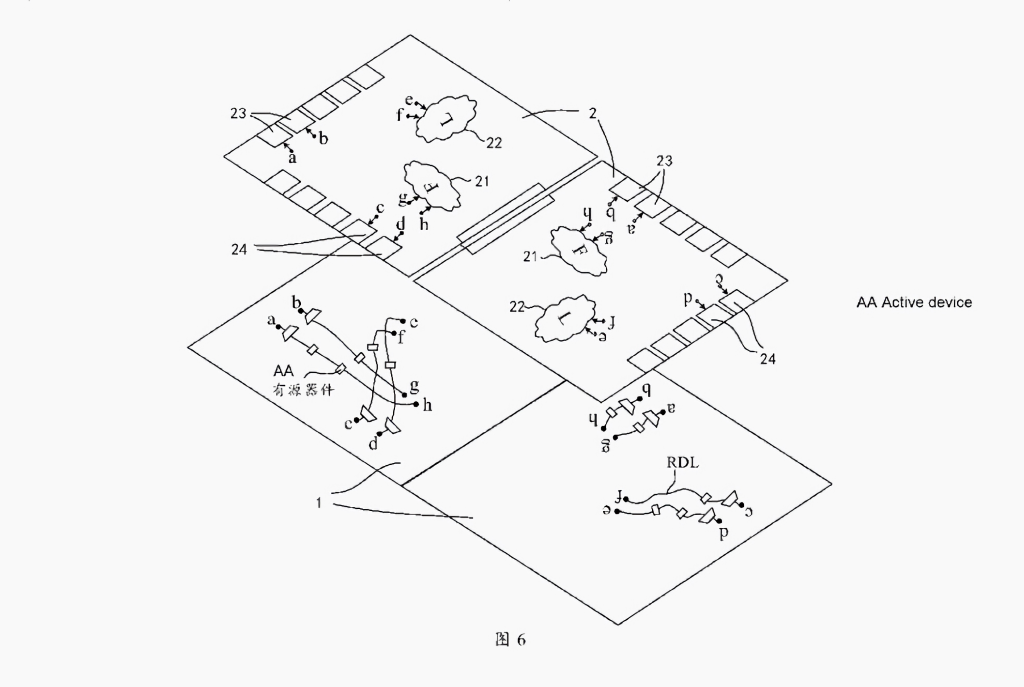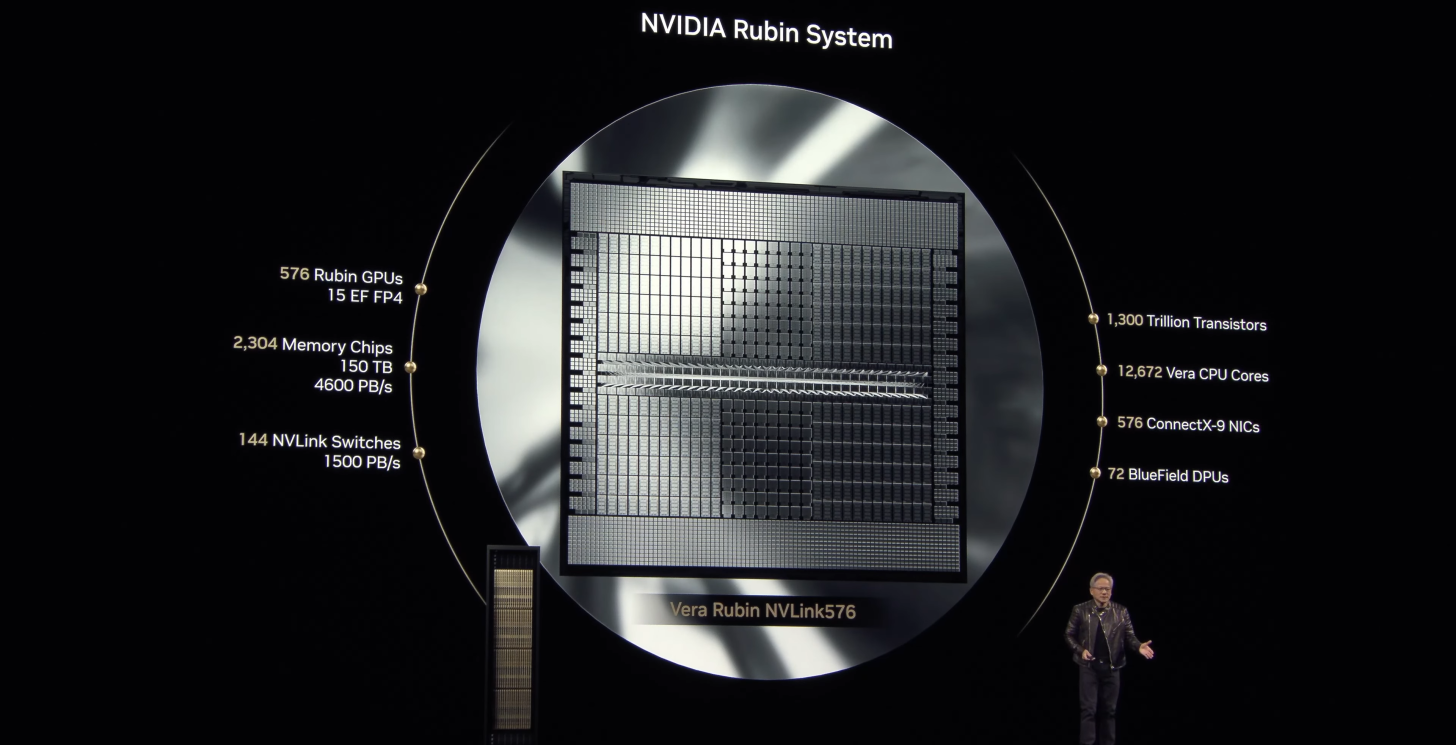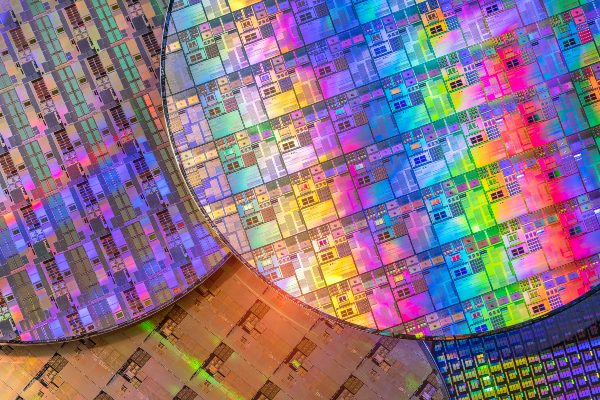Huawei’s Quad-Chiplet Patent for Ascend 910D Signals Advanced AI Packaging Ambitions
Jun 18,2025
Backed by founder Ren Zhengfei’s belief in advanced packaging as a means to overcome current semiconductor restrictions, Huawei has filed a new quad-chiplet design patent, likely tied to its upcoming Ascend 910D AI processor.

A Direct Challenge to NVIDIA’s Rubin Ultra
According to industry observers, the layout bears a strong resemblance to NVIDIA’s quad-die Rubin Ultra, suggesting Huawei’s ambitions to compete not just on compute performance, but on system-level chip design. The patent showcases a significant advancement in chiplet-based AI processors, further underscoring China's push to bypass U.S. sanctions by leveraging advanced packaging and 3D stacking.
Bridge-Style Interconnects: A Nod to TSMC and Intel
Rather than using a traditional interposer, Huawei’s design outlines bridge-style chiplet links, mirroring TSMC’s CoWoS-L and Intel’s EMIB with Foveros 3D packaging. This approach provides greater bandwidth efficiency and scalable interconnects—ideal for AI training workloads, particularly when paired with HBM-class memory.
Huawei Taps Local Partners, First Samples Expected Soon
Reports indicate that Huawei began testing the Ascend 910D with domestic technology partners in late April, with first silicon samples expected by the end of May. The patent details offer new insight into how Huawei aims to remain competitive in the global AI chip race, even without access to advanced EUV lithography machines from ASML.
A Massive Chiplet System: Opportunities and Challenges
If the patent indeed refers to the Ascend 910D, the quad-chiplet design could result in a die size exceeding 4,000 mm²—nearly five times the size of a standard EUV reticle. For comparison, the 910B, a single-chiplet predecessor, measures about 665 mm² and includes four HBM chiplets. A 910D configuration would reportedly require up to 16 HBM stacks, potentially pushing the DRAM footprint beyond 1,300 mm².
While this level of integration and memory bandwidth offers tremendous performance potential, it also presents manufacturing and yield challenges, particularly without the same level of foundry support enjoyed by competitors like NVIDIA (via TSMC).
Looking Ahead
With TSMC aiming to support large-scale chiplet architectures by 2026 and NVIDIA already pushing the boundaries with its Rubin Ultra, Huawei’s patent may represent China’s best chance at staying competitive in the AI era through advanced packaging rather than advanced nodes.
Whether the Ascend 910D can match or surpass the per-GPU performance of NVIDIA’s H100 remains to be seen—but the world is certainly watching.








